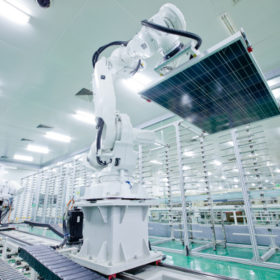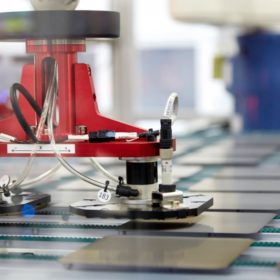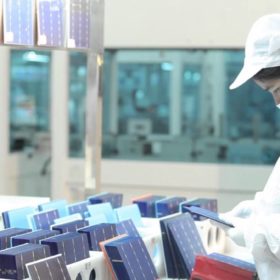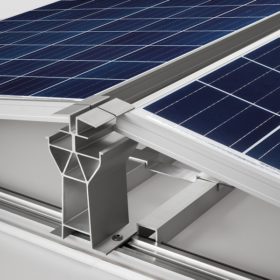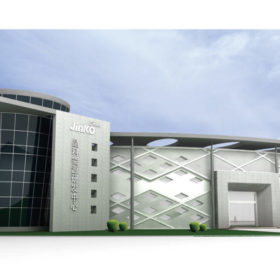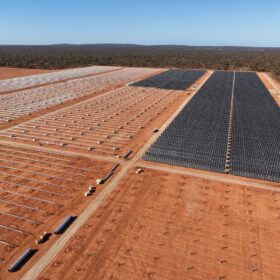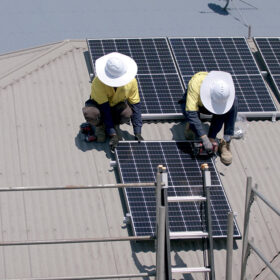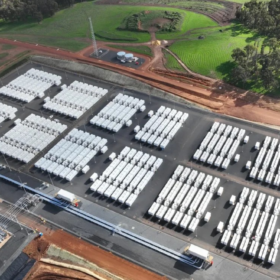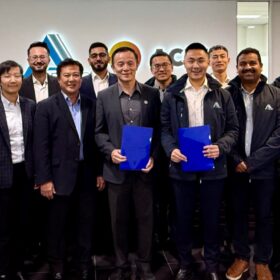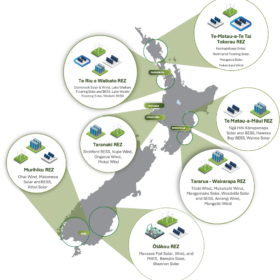Jinko launches Tiger module Down Under
The Chinese manufacturer has officially unveiled its high-efficiency product in Melbourne after celebrating a 13.6 MW panel order from the nascent Hungarian PV market.
Long read: Patently disruptive
Australia has become the latest front in South Korean company Hanwha Q Cells’ legal battle against three competitors – JinkoSolar, Longi Solar, and REC Group – that it claims have infringed its patent on a particular aspect of passivated emitter and rear cell (PERC) technology. Among many speculations is the idea that the case splits layers with an indefensible claim, perhaps seeking to strategically impose a slowdown on Hanwha’s rivals.
Jinko and REC petition for review of Hanwha patent concerned in US lawsuit
In the petition, the manufacturers claim their Korean rival’s patent assertions should be declared invalid as there is evidence the innovations they refer to were either not new or were obvious steps forward.
Hanwha Q-Cells sues Jinko, Longi and REC for patent infringement
The Korean solar manufacturer has lodged a patent infringement lawsuit against Jinko and REC in Germany, and two more against the same companies plus Longi in the U.S. Hanwha Q Cells claims its three rivals have used its patented solar cell passivation technology to increase the performance of their products.
Jinko achieves 24.2% efficiency for its n-type monocrystalline cell
The Chinese module maker said the result was certified by the Photovoltaic and Wind Power Systems Quality Test Center at the Chinese Academy of Sciences. The record, Jinko said, is thanks to its high quality n-type wafers, selective doping technology and advanced fine-line printing.
PV Info Link: Jinko the largest module maker of 2018
According to the Taiwanese analysts, JA Solar was number two, followed by Hanwha Q-Cells and Trina Solar in joint third. The ten largest module makers met around 70% of demand, with 66 GW of shipments.
JinkoSolar posts significant shipment growth in Q3
The Chinese manufacturer saw its shipments increase 24.4% year-on-year, to around 3 GW of modules in the latest quarter, with overseas shipped products accounting for approximately 80% of sales. The outlook for full fiscal 2018 was maintained almost unchanged, while new positive changes from policy side in China are confirmed.
Jinko posts strong increase in shipments for 2017, but lower profits
Last year, the Chinese module maker shipped 9.8 GW, and achieved revenue of $4.0 billion. Both gross and net profit, however, declined due to lower ASPs, higher polysilicon prices and increased output from OEM partners.
